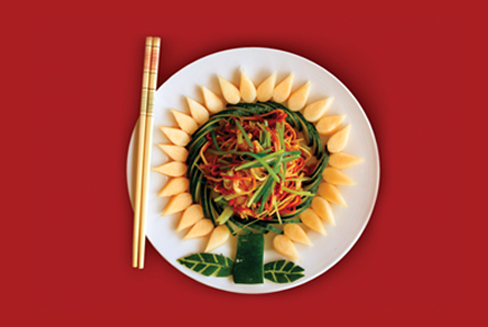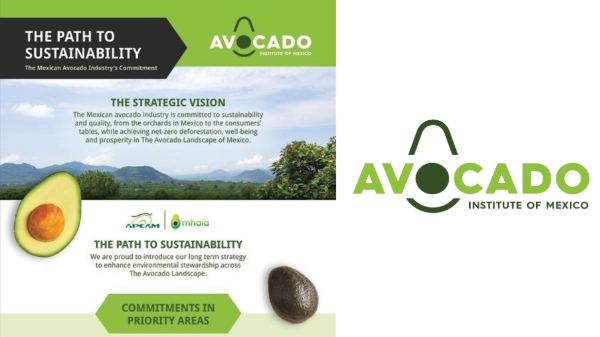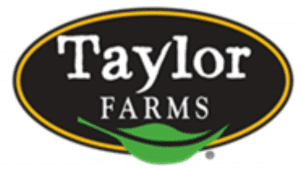Welcome to Blue Book!
Are you ready to join the thousands of companies who rely on Blue Book to drive smarter decisions? View our plans and get started today!
Still have questions? We’d love to show you what Blue Book can do for you. Drop us a line– we’ve been waiting for you.

Canada’s Asian population continues to grow by leaps and bounds, accounting for 13 percent of the country’s foreign-born population. New arrivals from Asia include significant numbers from China, Vietnam, the Philippines, Korea, and Japan, as well as western Asian nations and Arab countries.
Arriving with this new population is an enticing array of cuisines and food preferences, many of which are influencing the way Canadians shop and prepare their meals. To meet this growing demand for specialty fruits and vegetables, Canadian suppliers have increasingly turned to the import market, sourcing primarily from the United States.
“There’s just a general fascination with Asian cuisine,” comments Clarissa Wei, a Los Angeles-based food writer who specializes in Chinese cuisine. “In terms of Asian food in general, there are many influences,” she notes. “People are starting to realize that the term ‘Asian food’ is just as broad as saying ‘Western food’—there are so many classes and regional flavors.”
PROVINCE TO PROVINCE
British Columbia has a rich history of Asian immigration. From the first Chinese boatwrights arriving in 1788 to the wave of railroad workers and miners of the 1870s, to the influx of affluent émigrés from Hong Kong in the late 1990s, Canada’s westernmost province has made a home for new residents from the Far East.
Yet British Columbia is not the only Canadian province to see the impact of Eastern immigration. Some 70 percent of Asian immigrants in Canada are concentrated in big cities—not just Vancouver, but Toronto, Montreal, Calgary, and the national capital of Ottawa. “There has been a major demographic shift in Ontario, where close to half of the people living in the greater Toronto area were not born in Canada,” says Art Smith, chief executive officer of the Ontario Fruit and Vegetable Growers Association (OFVGA). This change in demand, for a variety of vegetables not traditionally grown in Ontario has led the OFVGA to help “fund research as to what we can do to help satisfy the demand for more traditional Asian vegetables.”
Toronto has over 308,000 residents of Chinese origin and an additional 335,000 of East Indian and Filipino extraction, making up a quarter of the city’s total population. Asians also constitute over 24 percent of the population of Calgary, nearly 18 percent of Montreal’s population, and 15 percent in Ottawa.








